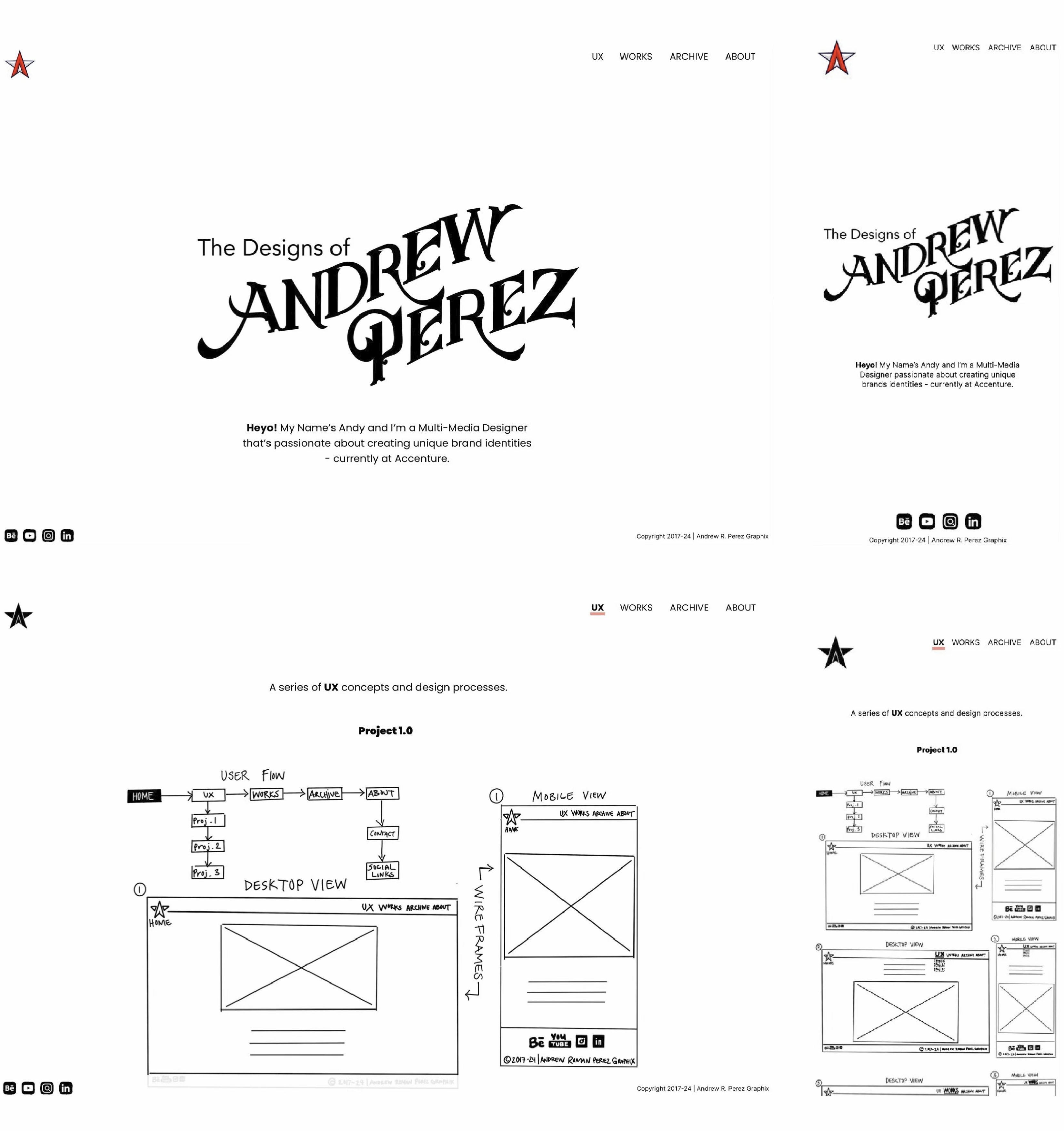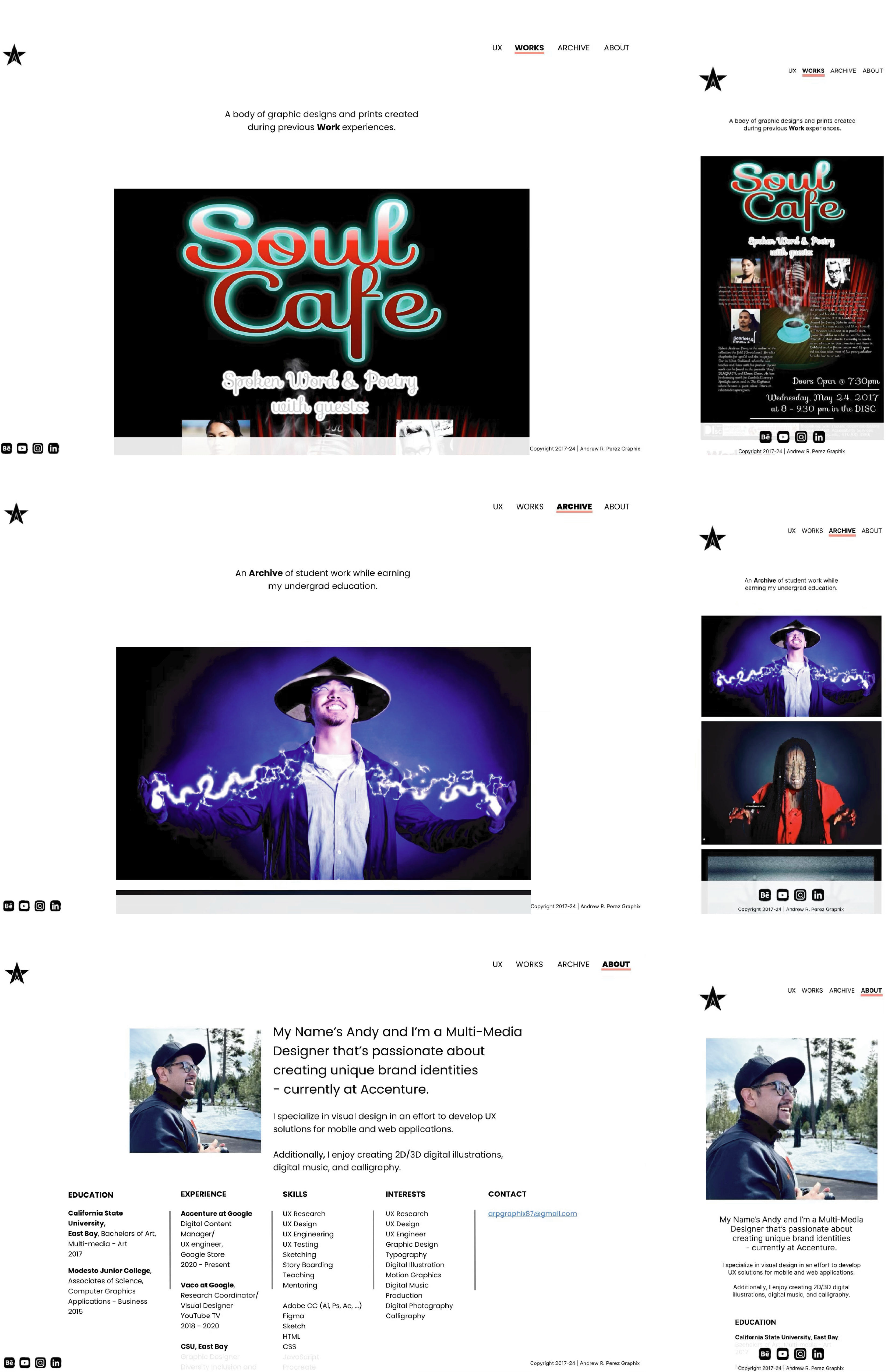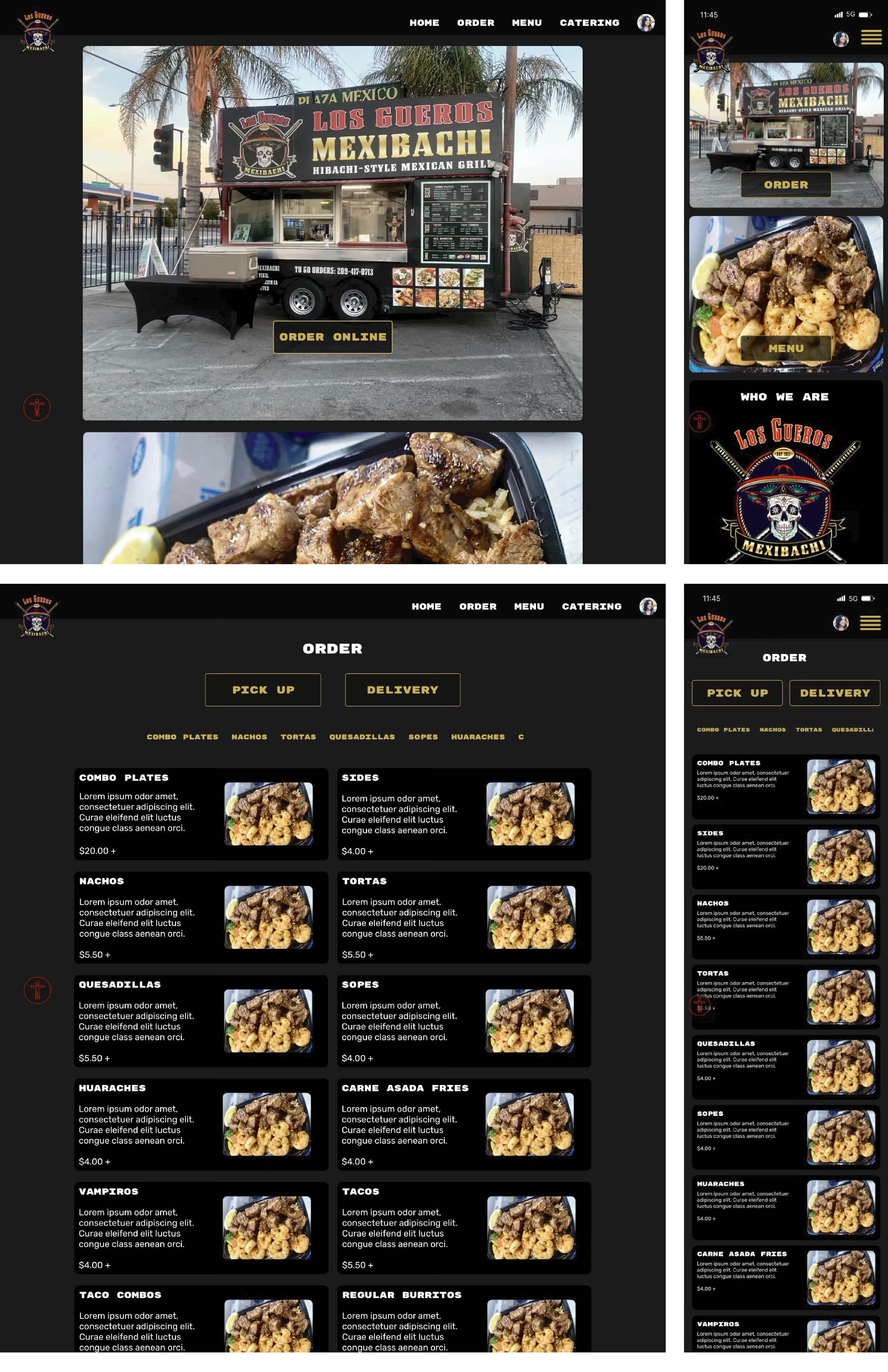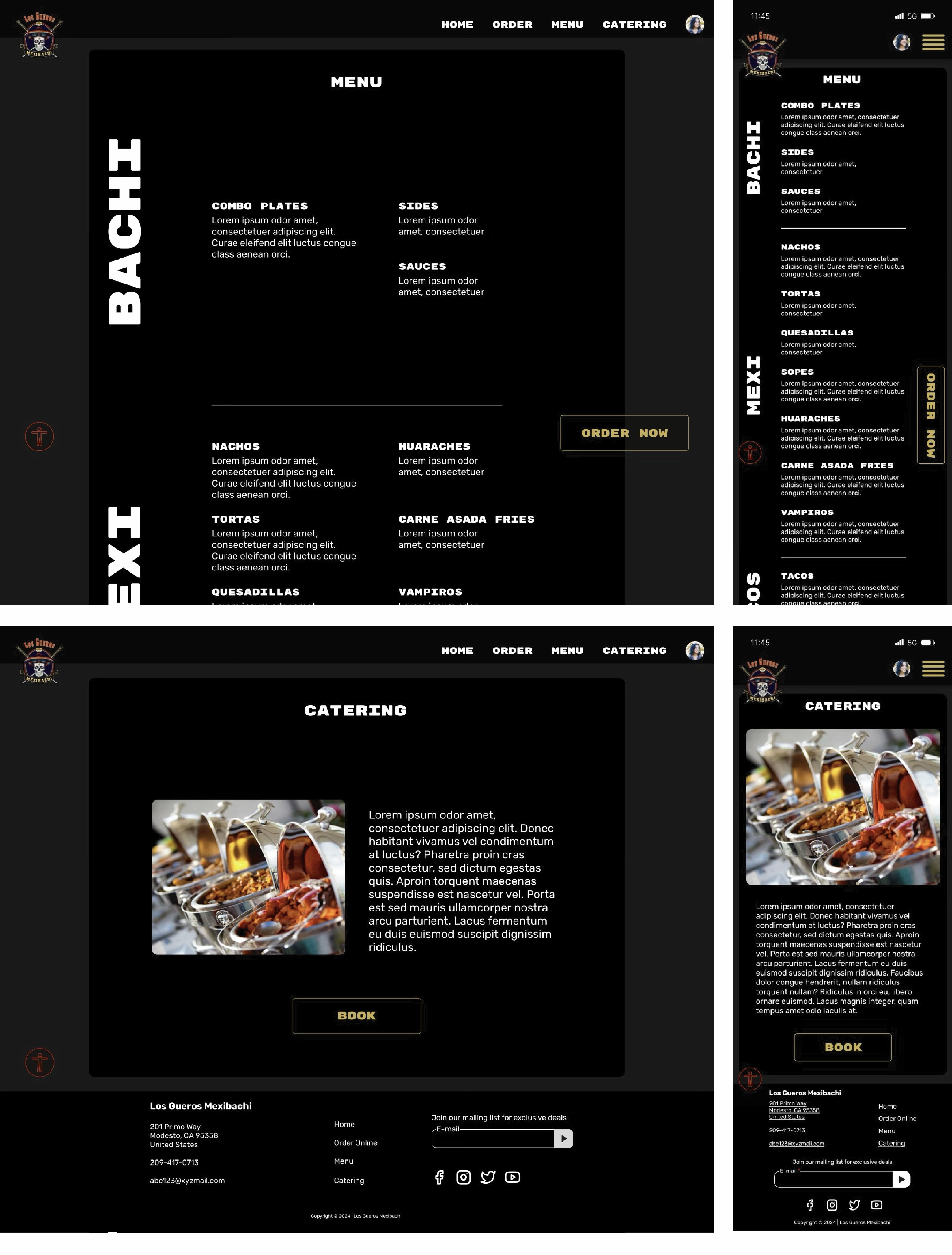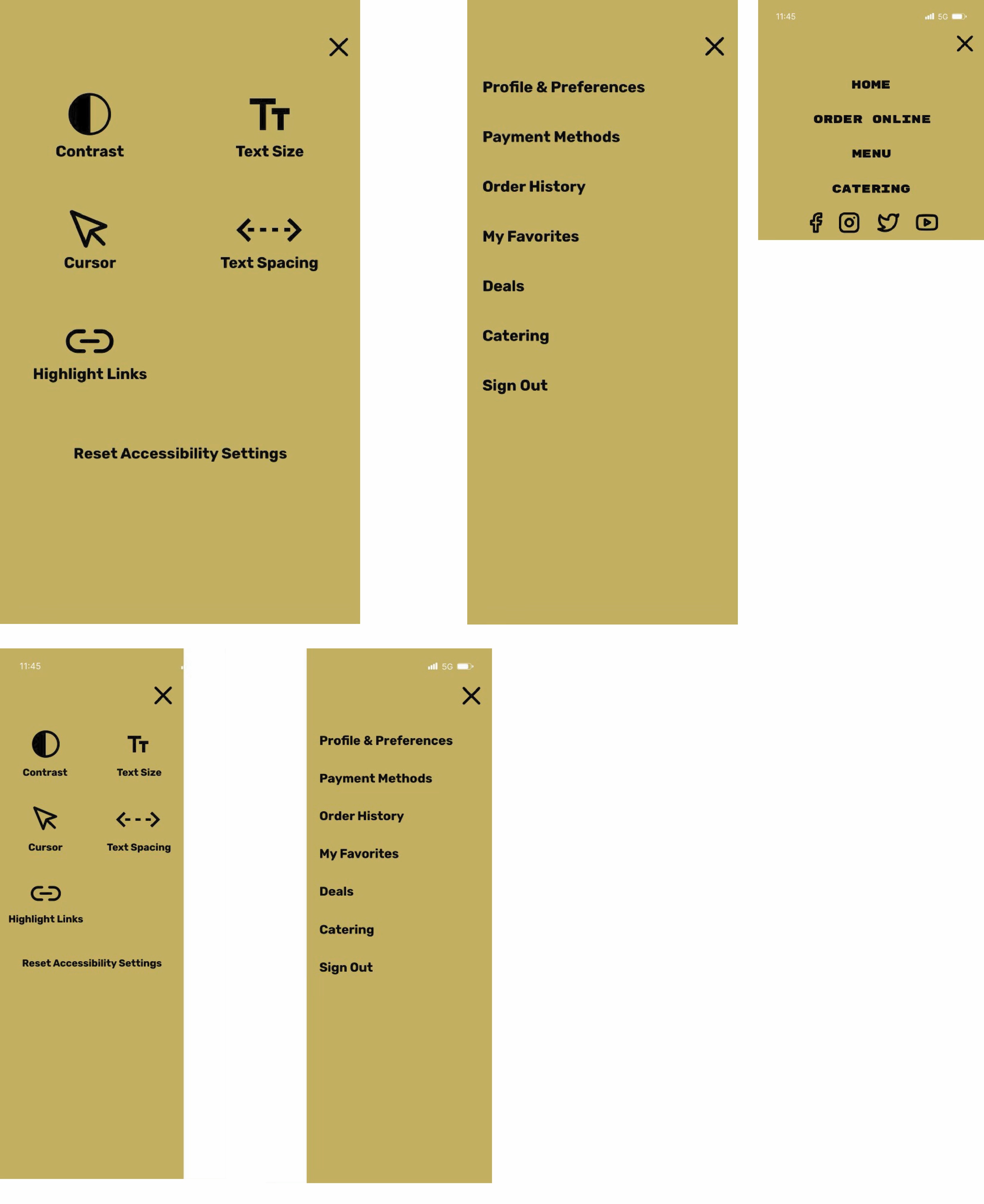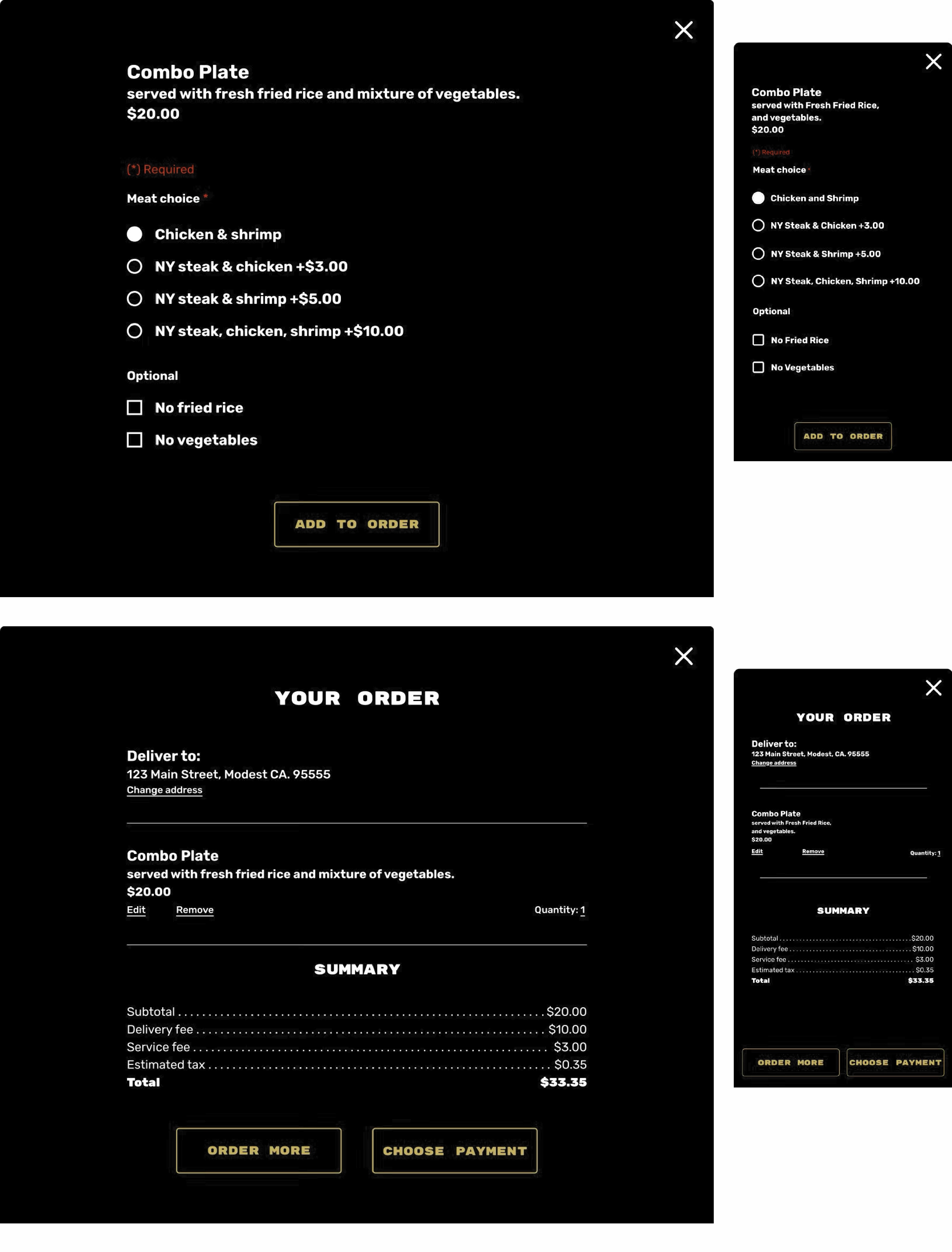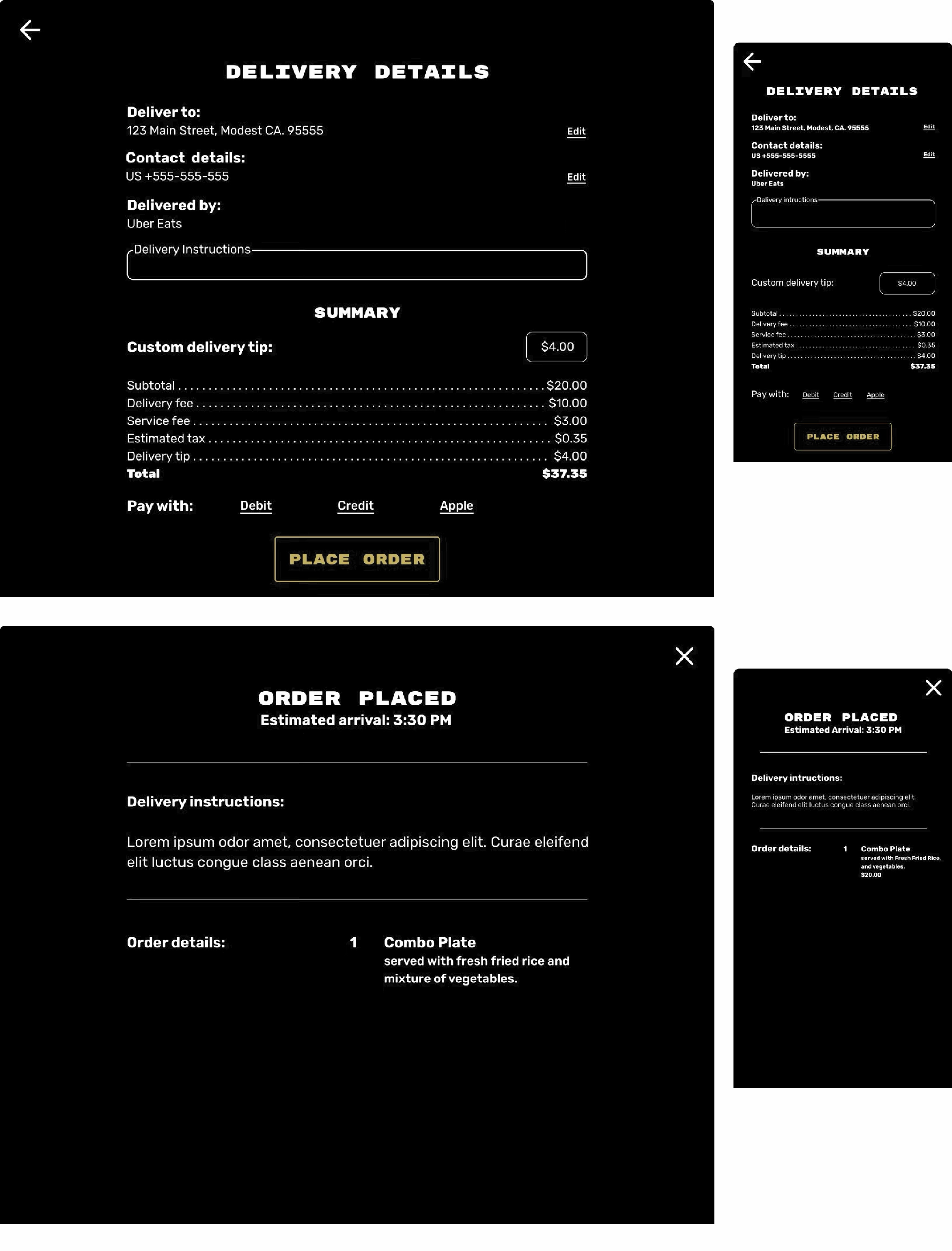A series of User Experience concepts and design processes.
PROJECT 1 - My Portfolio Website
Date: August 2024
Duration: 3 months
Role: UX Researcher, Designer, Engineer
The Problem
Create a website portfolio that is user friendly, easy to navigate, and minimal in design.
The Solution
Utilize my expertise in visual design and professional experience with computer graphic applications to create my portfolio layout.
Mocks
First, I designed the sticker sheet. This is where I thought about the kind of logos, icons, color pallet, and typography I wanted to use for my site. I went with a San serif type and a colored pallet that was minimal and similar to my logo's color pallet. Additionally, I recreated the social media icons to have unique and higher-res versions.
High Fidelity Prototype
Upon completing the mocks, I moved onto developing and testing a responsive hifi prototype. And then finally onto developing the source code before publishing my portfolio to the web.
Click
here to view the Project 1 Case Study.
PROJECT 2 - Food Truck Website
Date: March 2025
Duration: 5 months
Role: UX Researcher, Designer
The Problem
Create a business website prototype for a Hibachi food truck service that is user friendly, easy to navigate, and provides customers a way to order food for pick-up, delivery, and/or book catering services.
The Solution
Utilize my expertise in visual design and professional experience with computer graphic applications to create an app that will support customer needs.
Mocks
Once initial testing was completed, I focused on content development and the visual aspects of my layout before I went into the final prototype phase.
Insights
I used my client's brand identity color pallette when considering the site's overall visual design and UI features such as the buttons, icons, cards, typography and info hierarchy... I also made sure to consider and incorporate the Gestalt principles.
High Fidelity Prototype
Upon completing the mocks, I moved onto developing and testing a responsive hifi prototype.
Click
here to view the Project 2 Case Study.
PROJECT 3 - Yogurt and Ice Cream Website
Date: September 2025
Duration: 5 months
Role: UX Researcher, Designer
The Problem
There's a local yogurt shoppe my family, and I, like to occasionally eat at for a treat. One day, we visited their business website to see what flavors they had, and to my surprise, the site didn't have a menu to view, it was somewhat difficult to navigate, and discern.
The Solution
I decided to use my UX/UI knowledge to redesign the website in a way that would be potentially easier for users to navigate by providing a menu and order option from an extensive menu of items. However, I tried to stay within the theme of their existing landing page and brand, so that I could share my design with the business owner and hopefully appeal to them.
Mocks
Once initial testing was completed, I focused on content development and the visual aspects of my layout before I went into the final prototype phase.
Insights
I used my client's brand identity color pallette when considering the site's overall visual design and UI features such as the buttons, icons, cards, typography and info hierarchy... I also made sure to consider and incorporate the Gestalt principles.
High Fidelity Prototype
Upon completing the mocks, I moved onto developing and testing a responsive hifi prototype.
Click
here to view the Project 3 Case Study.
